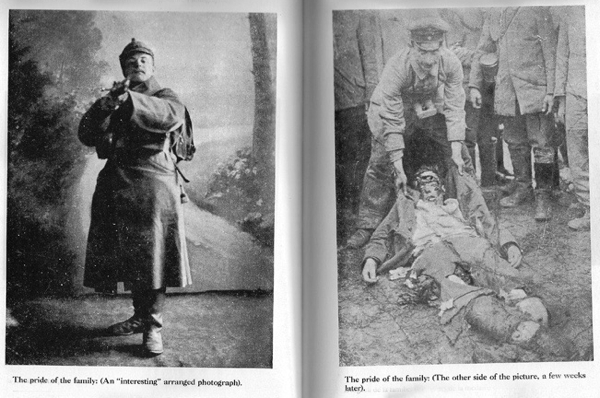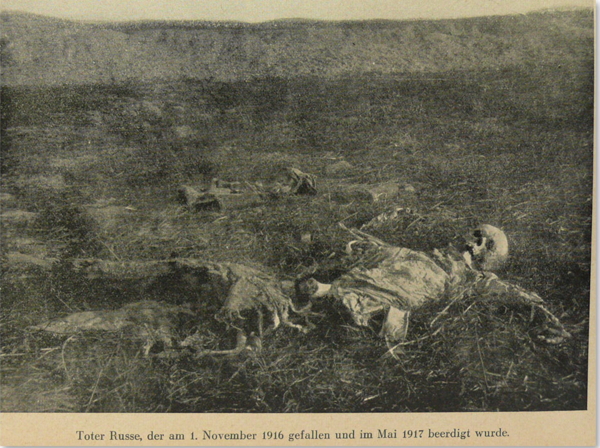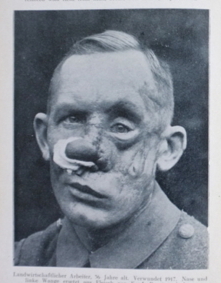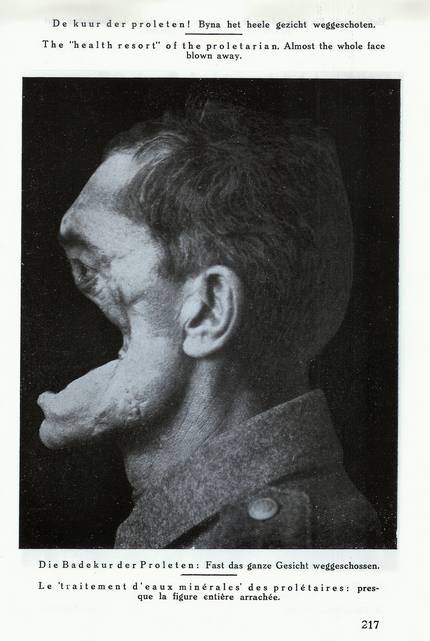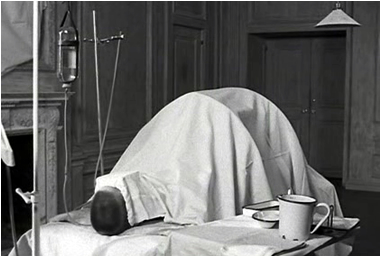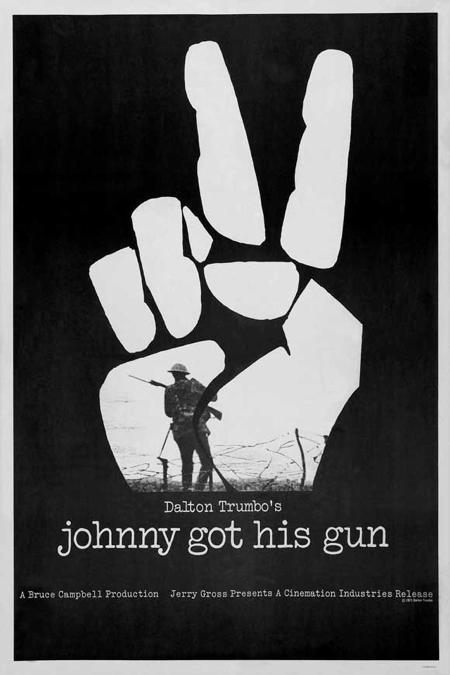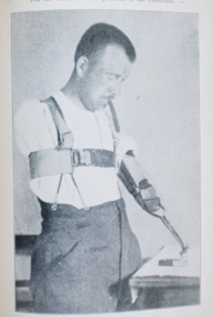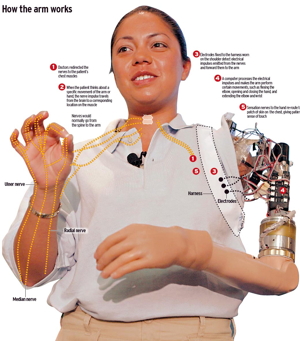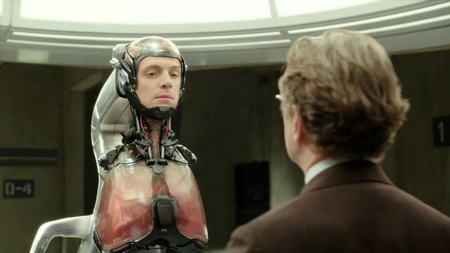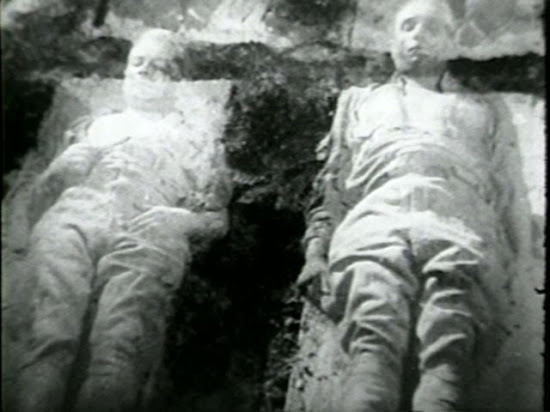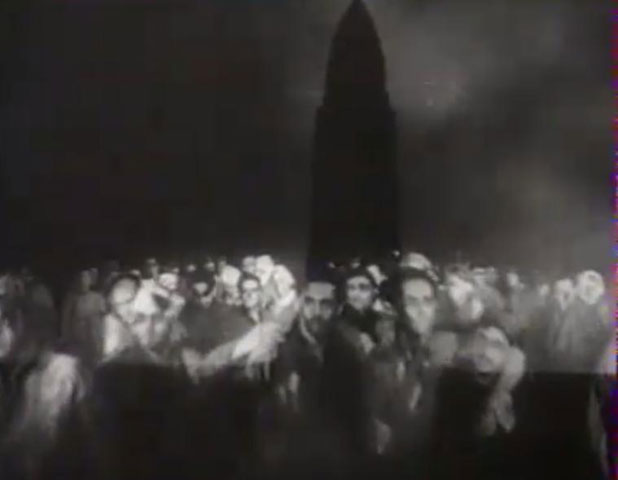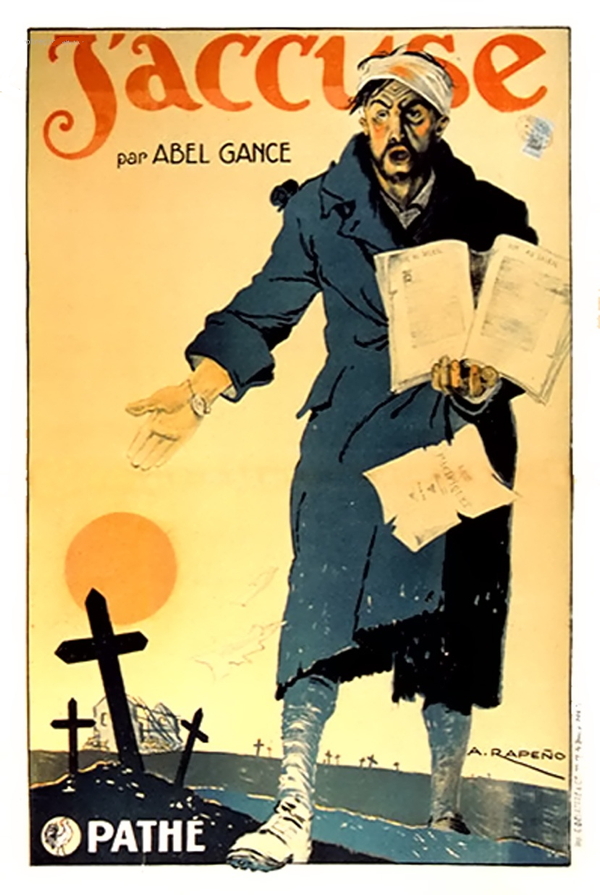Ernst Friedrich’s “War against War” (1924)
tags: World War I,David Hart,anti-war,war and peace,Ernst Friedrich
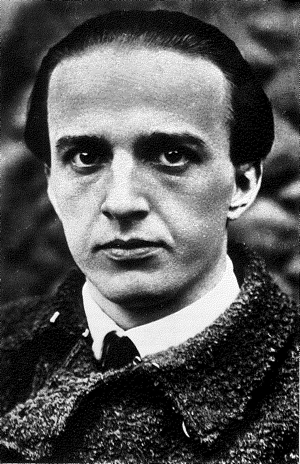
[Ernst Friedrich (1894-1967)]
The German socialist anarchist and ardent anti-war advocate put together a shocking collection of photographs of the death and destruction which took place on an unprecedented scale during WW1 – Krieg dem Kriege! Guerre a la Guerre! War against War! Oorlog aan den Oorlog! (Berlin : “Freie Jugend”, (1924).
As you can tell from the title it was a multi-lingual work which was designed to shock readers into rejecting all forms of war as a means of solving disputes between nations. Then as now, the state does not want people to see what happens to human bodies in war because it might “unsettle” them and make them less inclined to pay their taxes or volunteer to go off to fight. Friedrich did not take the photos and it is not clear who did or how he got hold of them, probably from veterans or sympathetic journalists who shared his views about war. During the war he spent time in prison for “sabotage”, most likely for “sabotaging” public morale than for blowing up munitions dumps. In 1923 he founded an Anti-war Museum in Berlin which was looted and shut down by the Nazis when they came to power in 1933.
I have a copy of his book which was republished in the US in 1987 and have found many copies of the images on the web, but unfortunately not a complete set. I have gathered together a representative sample of his work which you can view here.
Be warned. They are very shocking, but then, so is modern warfare.
The photos should be viewed alongside the drawings of his contemporary Otto Dix who published a collection of equally graphic and disturbing material in a book, Der Krieg (The War), which also appeared in 1924.
His method was to show extremely shocking photos of dead or severely injured soldiers, to juxtapose in a very glaring manner photos of children playing soldier or leaders and officers at rest with photos of dead soldiers, to insert his own cynical and angry commentary alongside each photo, and to show other less well known aspects of the war such as dead horses, the execution of “saboteurs” or non-uniformed resistance fighters, destroyed buildings, and so on.
[Left: "The pride of the family: (An 'interesting' arranged photograph).",p. 110. Right: "The pride of the family: (The other side of the picture, a few weeks later)." p. 111.]
[A dead Russian who fell on November 1 1916 and would be buried in May 1917.]
One theme of the photo collection was the horribly disfigured faces of injured soldiers. The implication seems to be that even those who survived lost something vital about their humanity, their very face which was so much part of one’s identity as a person.
This one is part of Friedrich’s collection:
This one is part of Otto Dix’s collection of drawings:
The ultimate horror was to lose one’s face entirely. Can one truly be an individual if one has no face?
The next step was to lose one’s face, all one’s senses, and all one’s limbs. This was the premise behind Dalton Trumbo’s novel Johnny Got His Gun (J. B. Lippincott, 1939) about an American soldier, Joe Bonham, who suffers these injuries and is “saved” by doctors as a kind of living medical experiment. The soldier attempts suicide but is “saved” again and slowly goes mad from loneliness and sensory deprivation. It was made into a powerful but depressing movie written and directed by Trumbo in 1971 during the Vietnam War.
[Joe Bonham (Timothy Bottoms) lying in his hospital room trying to figure out in his mind where he is and what happened to him.]
[The poster from the movie "Johnny got His Gun" (1971).]
One consequence of wars like WW1 and the Iraq and Afghan Wars is that there is considerable post-war research into prosthetic limb design and manufacture. Friedrich documented this in several photos:
Here is a poster showing medical advances into prosthetic arms as a result of the Afghan/Iraq wars:
The next step in post-war prosthetic design is to take what is left of the disfigured and destroyed body and to make it into a better killing machine both physically and mentally. This is the premise behind the “RoboCop” series of movies (remake in 2014 directed by José Padilha) where a militarized police force takes the place of the military. Joe Bonham went mad, but sophisticated drugs keep Alex Murphy (at least his head, lungs, and heart) functioning until, like Joe, he has flashbacks to his previous life which over-ride his programming. Here is a still from the movie which shows how little was left of the original Alex Murphy and how much modern robotic prosthetics can achieve:
It is hard to know how to end a post like this. What is left to say except that the images say it all? Which is why governments have always attempted to ban the publication and dissemination of images like these. I will let the French filmmaker Abel Gance have the final word on the matter. In his film “J’Accuse” (silent version 1919, talkie 1938) all the soldiers who have died in wars rise up from their graves and march on Paris to protest the never-ending wars which have taken them and their comrades.
Dead soldiers rise from their graves:
And then march on the capital city to confront the politicians, generals, and munitions manufacturers:
The forlorn face of the injured veteran in the poster for the film:
See my essay “Abel Gance, “J’Accuse” (I Accuse) (1938) and Remembrance Day 11.11.11″ which has some links to clips from Gance’s film.

